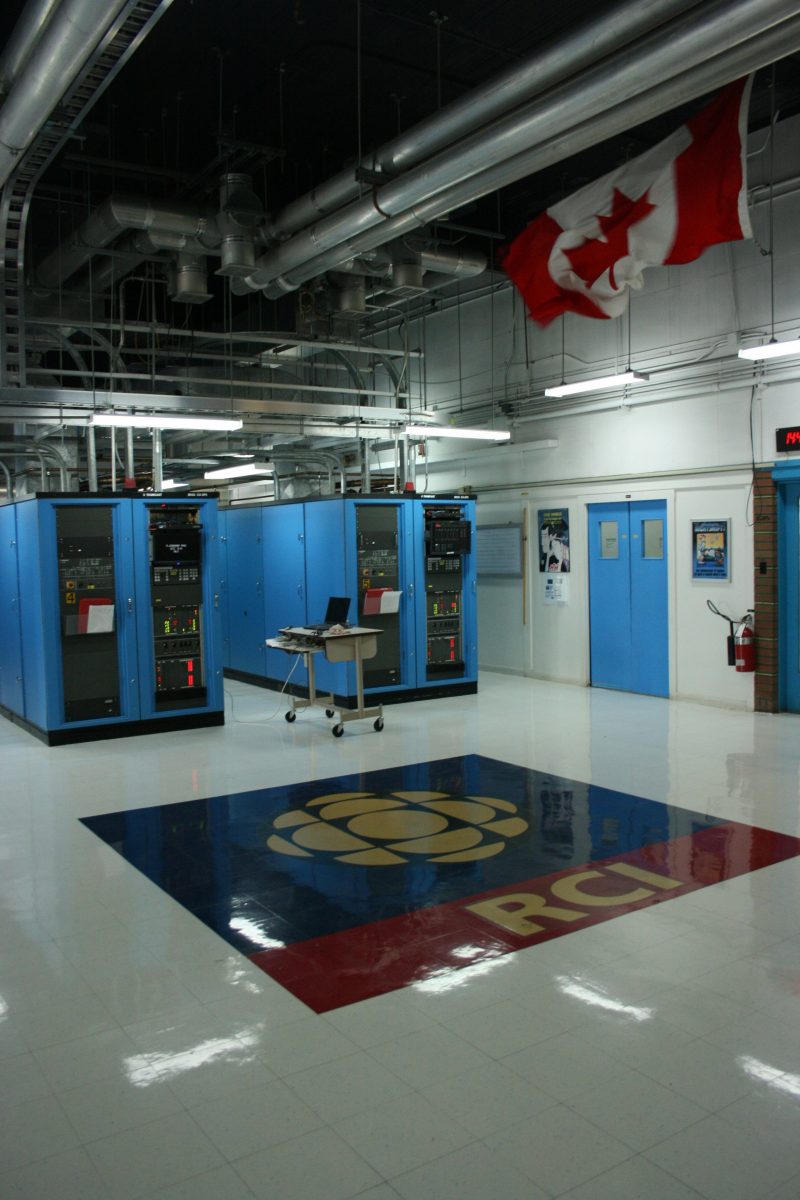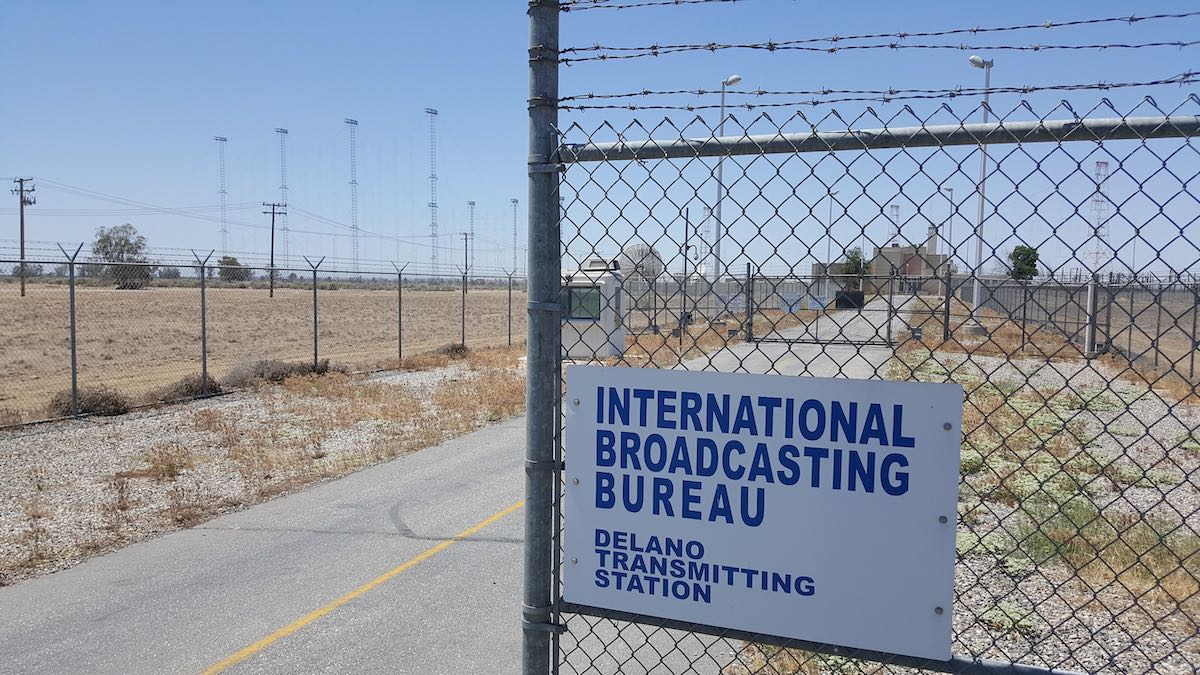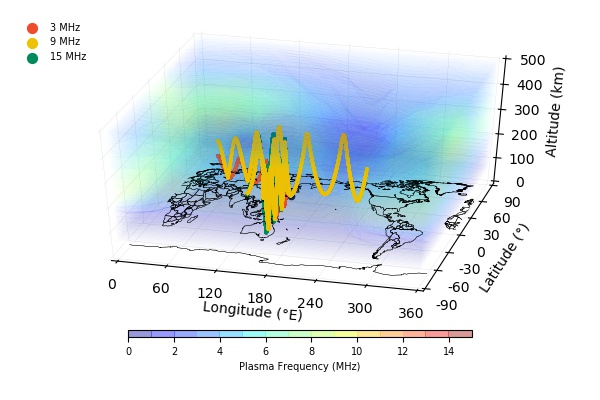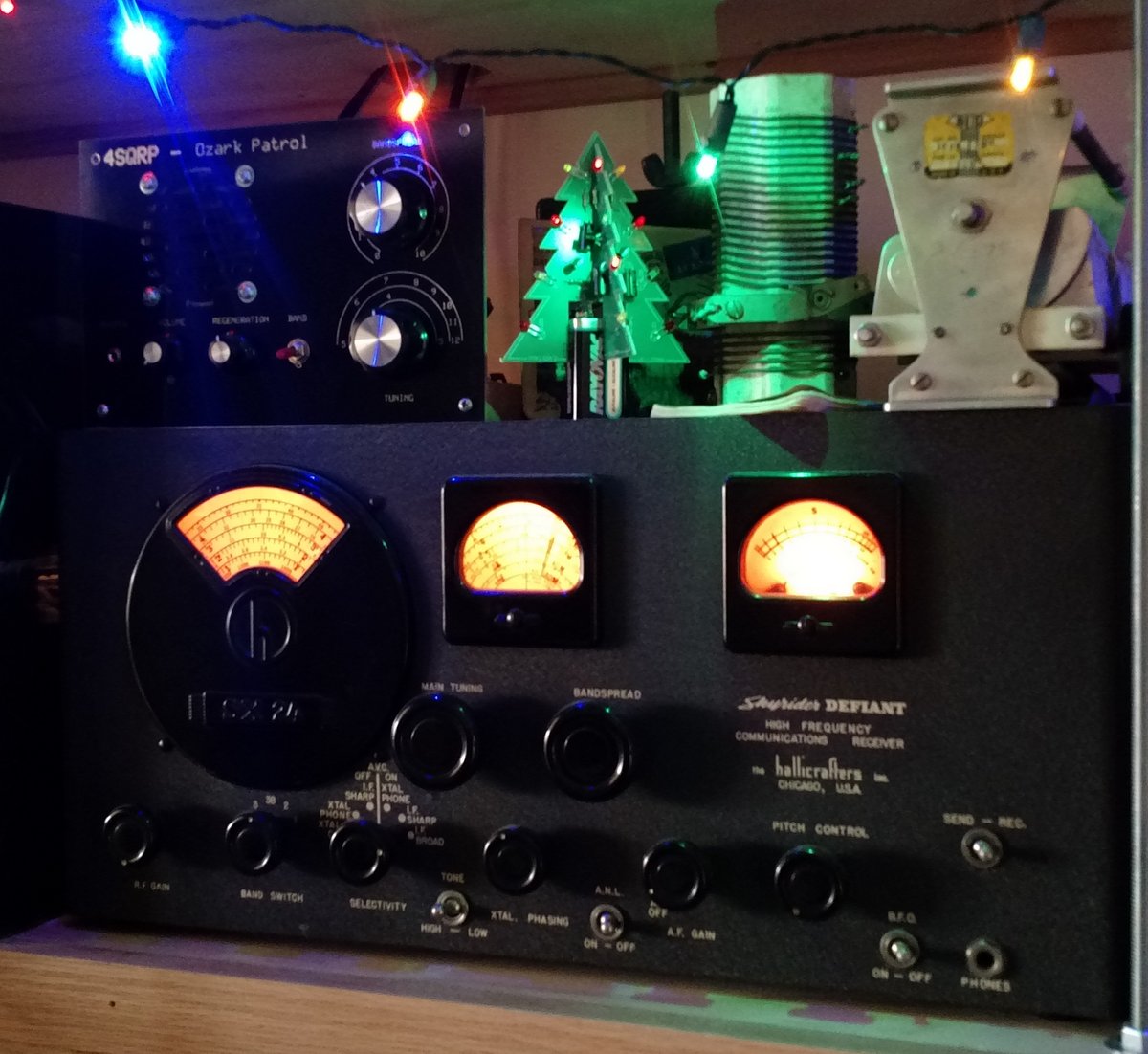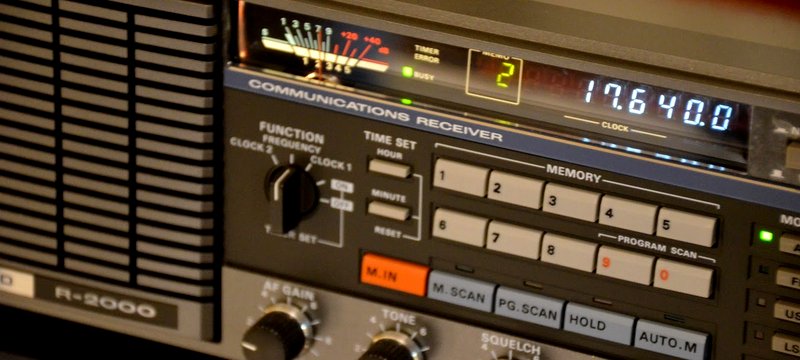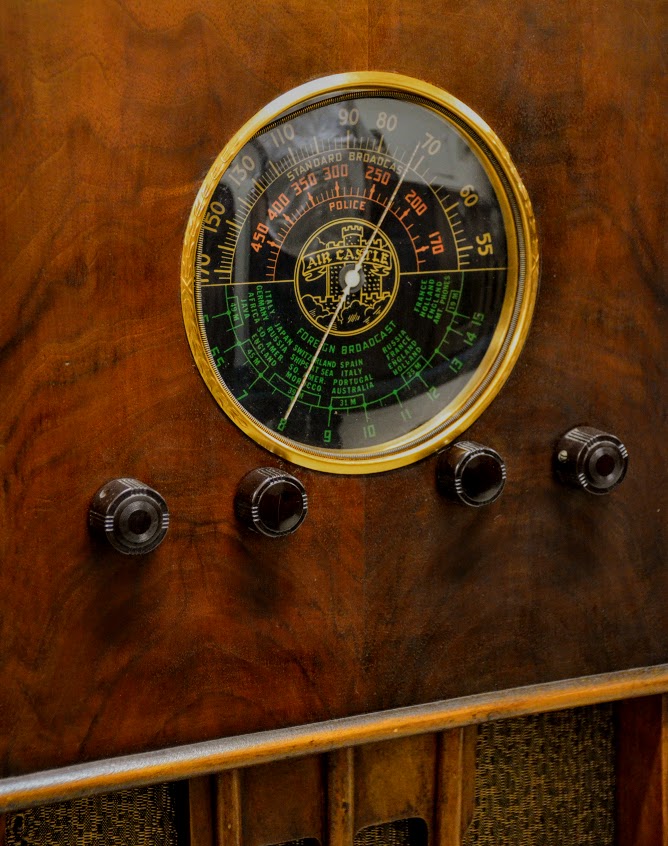Radio Waves: Stories Making Waves in the World of Radio
Because I keep my ear to the waves, as well as receive many tips from others who do the same, I find myself privy to radio-related stories that might interest SWLing Post readers. To that end: Welcome to the SWLing Post’s Radio Waves, a collection of links to interesting stories making waves in the world of radio. Enjoy!
Many thanks to SWLing Post contributors Troy Riedel, NT, Tracy Wood and the Southgate ARC for the following tips:
The silence of Radio Canada International (Open Canada)
The former head of CBC News laments the evisceration of CBC’s international service and Canada’s shrinking voice in the world
For a country that once regarded itself as one of the world’s leading middle powers, Canada’s voice on the international scene is a strikingly quiet one these days. It reminds me of the line from that famous “dead parrot” sketch in Monty Python: “bereft of life, it rests in peace.”
The latest sign of this is the decision by CBC/Radio-Canada to implement changes that have effectively smothered Radio Canada International (RCI), its fabled global audio and online service that has helped serve as “Canada’s Voice to the World” for more than a half century.
In a December announcement replete with CBC doublespeak, the CBC unveiled a “major transformation” of RCI that, it claimed, would ensure RCI remains “a strong and relevant voice” in this century’s media landscape. Not surprisingly, the practical impact of these changes is precisely the opposite.
Flipping RCI’s historic mission on its head, the service will now focus more on ethnic minorities within Canada rather than on continuing to produce programs tailored uniquely for international audiences. More than half of RCI’s beleaguered staff have been laid off.
This latest CBC battering of RCI — a pattern that has gone on for decades — triggered considerable criticism. In February, a group of 32 prominent Canadians sent an open letter to Prime Minister Justin Trudeau and other senior government ministers urging that the CBC scrap its planned strategy and appoint an independent committee to plan a rebuild of the international service: “In an interconnected world in search of truth, facts and honest journalism, countries like Canada cannot abdicate their role on the world stage.” Its signatories included former prime minister Joe Clark, former foreign affairs minister Lloyd Axworthy, former UN ambassador Stephen Lewis, actor Donald Sutherland and author Naomi Klein. Continue reading…
Live streams go down across Cox radio & TV stations in apparent ransomware attack (The Record)
Live streams for radio and TV stations owned by the Cox Media Group, one of the largest media conglomerates in the US, have gone down earlier today in what multiple sources have described as a ransomware attack.
The incident took place earlier this morning and impacted the internal networks and live streaming capabilities for Cox media properties, such as web streams and mobile apps. Official websites, telephone lines, and normal programming remained running but some live programming could not go on air as scheduled.
“This morning we were told to shut down everything and log out our emails to ensure nothing spread. According to my friends at affiliate stations, we shut things down in time to be safe and should be back up and running soon,” a Cox employee shared in a private conversation earlier today. Continue reading…
Asheville Radio Museum reopens to public after months-long pandemic closure (WLOS)
The Asheville Radio Museum reopened to the public Saturday, June 5, following a months-long closure due to the pandemic.
The museum, located on the campus of A-B Tech, and closed in November to follow the campus’s COVID-19 protocol to protect students and staff.
Asheville Radio Museum boasts a premier collection of vintage radios with the goal to educate, demonstrate and fascinate visitors about the importance of the radio, which was named the second most important invention of the twentieth century on the Science Channel.
Saturday’s reopening was highlighted by the addition of newly-procured radios as well as refreshed displays throughout the museum. Continue reading…
Aluminium-Ion battery development (Southgate ARC)
The Graphene Manufacturing Group in Brisbane, Australia together with the University of Queensland have according to the GMG website developed a Graphene Aluminium-Ion Battery energy storage technology that has up to three times the capacity of a lithium-ion battery and can charge up to sixty times faster.
The battery was created by inserting aluminium atoms into perforations made in graphene planes.
The company claims that because the batteries lack an upper Ampere limit that would otherwise cause spontaneous overheating, the batteries are also safer. The stable base materials also facilitate their recycling later.
The company hopes to bring these cells to market by the end of 2021 or early 2022
Do you enjoy the SWLing Post?
Please consider supporting us via Patreon or our Coffee Fund!
Your support makes articles like this one possible. Thank you!

